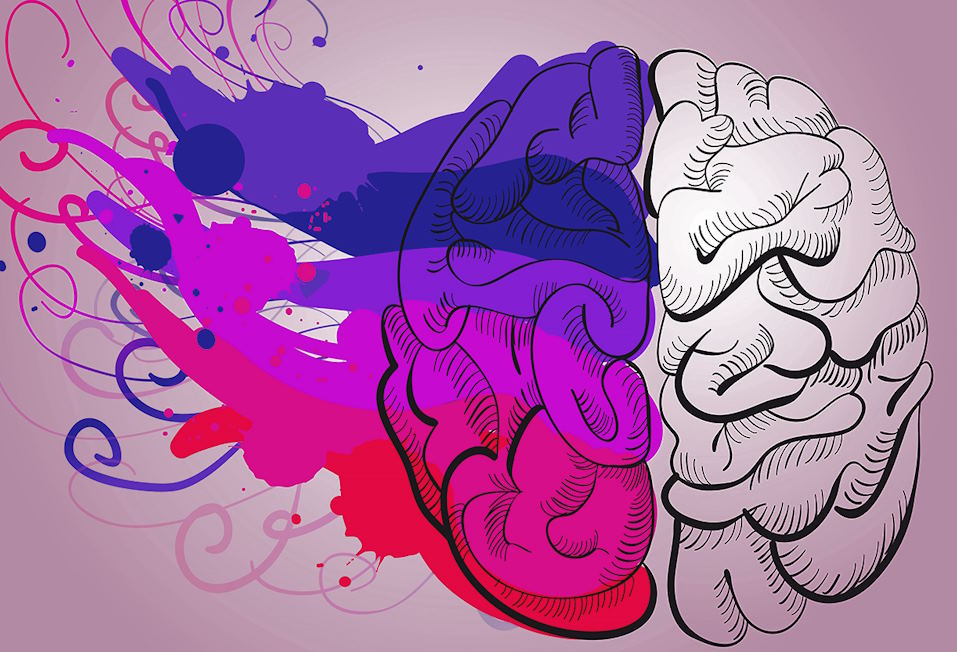Art and Emotion: Exploring the Connection
Throughout the annals of art history, the interplay between creative expression and human emotion has been a central theme. Whether it’s the serene calm of a Buddhist sculpture, the turbulent energy of an Impressionist masterpiece, or the raw, abstract intensity of a contemporary installation, each artistic movement reflects the emotional temperament of its era. In the Romantic period, emotions were laid bare, and passion ran deep in both literature and visual art, echoing the turbulent times of revolution and upheaval. Yet, the emotional impact of art is not confined to any particular period; it transcends time, culture, and genre, inviting viewers, listeners, and readers to participate in an emotional dialogue with the artists of yesteryears and today.
The Emotional Power of Visual Art
When we stand before a work of art, we often experience a wave of emotions, ranging from joy to sadness, serenity to excitement. This emotional impact is no accident; it’s the result of a complex interplay of visual elements that artists skillfully employ to communicate and evoke feelings. In this section, we’ll explore the emotional power of visual art by delving into the analysis of three key components: color, composition, and form.
- Color: Color is a potent emotional trigger. Bright, warm hues like reds and yellows can evoke passion and energy, while cooler shades like blues and greens may inspire calmness and introspection. Consider Van Gogh’s “Starry Night,” where swirling blues and yellows create a tumultuous yet enchanting emotional landscape.
- Case Studies: To illustrate the concept, let’s look at Edvard Munch’s “The Scream.” The artist uses distorted forms and a vivid, anxiety-inducing palette to elicit feelings of fear and despair, reflecting the internal turmoil of the subject.
- Subject Matter: The subject matter of a piece can also play a crucial role in emotional engagement. Goya’s “The Third of May 1808” powerfully conveys the horror of war through its depiction of a firing squad and a lone, helpless figure, evoking empathy and sorrow.
Art and Empathy: Bridging Emotional Gaps
Art has a unique ability to transcend barriers and foster empathy, enabling us to connect with the emotions of others. In this section, we’ll delve into the profound connection between art and empathy, exploring how art serves as a bridge between individuals and communities.
- Experiencing Emotion through Art: One of the most beautiful aspects of art is its capacity to elicit deep emotions within us. When we engage with an artwork, we often experience the same emotions as the artist, even if our life experiences are vastly different. This emotional resonance forms the foundation of empathy, as we begin to understand and share in the feelings of others.
- Understanding and Connecting: Art provides a means to gain insight into the experiences and emotions of people from different backgrounds, cultures, and time periods. For instance, Frida Kahlo’s self-portraits not only reveal her personal struggles but also invite us to empathize with her pain and resilience. Such connections help us relate to the human condition more broadly.
- Art Initiatives for Social Change: Many artists and organizations use art as a powerful tool to promote empathy and drive social change. Projects like the “Inside Out Project” by JR, which pastes large-scale portraits in public spaces, give a voice to marginalized communities and encourage viewers to engage with their stories. Similarly, public art installations can spark discussions about pressing social issues, stimulating collective empathy and action.
Art, Emotion, and Creativity: A Symbiotic Relationship
Creativity and emotion are inseparable companions in the world of art, with each influencing and fueling the other. In this section, we will explore the intricate connection between art, emotion, and creativity.
- Inspiration through Emotion: Emotions are a wellspring of creative inspiration. When we immerse ourselves in art and experience the emotions it conveys, we often find ourselves inspired to create. A painting filled with the warmth of a summer sunset might inspire a poet to craft verses filled with vivid imagery, or a musician to compose a melody that captures the same emotional essence.
- The Feedback Loop: Art, whether visual, musical, or literary, has the remarkable ability to evoke emotions not only in its audience but also in its creators. Artists channel their own emotions into their work, forming a feedback loop where the act of creation elicits and amplifies the emotions they wish to convey. This dynamic interplay between artist and artwork enriches the creative process.
- Emotional Authenticity: The importance of emotional authenticity cannot be overstated. When artists infuse their work with genuine emotion, it resonates more deeply with the audience. Whether it’s the raw intensity of a self-portrait by Frida Kahlo or the melancholy melodies of a Beethoven composition, emotional authenticity is what makes art timeless and universally relatable.









